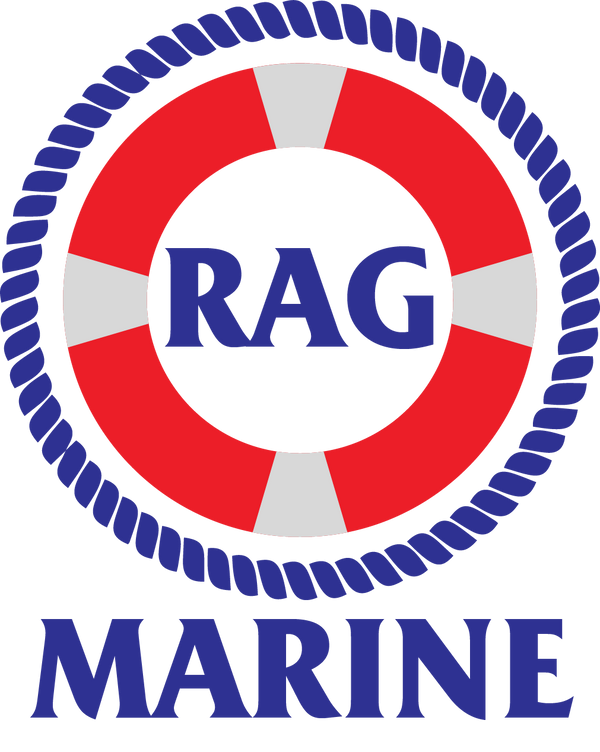Find the Perfect Hatches and Accessories for Your Boat or Yacht
Share
You’ve finally bought your dream boat or yacht, and you’re now the proud owner of a beautiful vessel that will take you on many adventures. But before you set sail, there are a few things you need to know about hatches and accessories. In this blog post, we will explore the different types of hatches and accessories available for boats and yachts. We will also provide a buyer’s guide to help you choose the right products for your needs. So whether you’re looking for a new hatch cover or a storage solution, read on for everything you need to know.
What are the different types of hatches?
Boat hatches come in all shapes and sizes, but can broadly be classified into four categories: deck hatches, companionway hatches, engine room hatches, and lazarette hatches.
Deck hatches are typically used to provide access to the main cabin or living area of the boat. Companionway hatches are typically located at the base of the companionway ladder and provide access to the lower level of the boat, such as a stateroom or galley. Engine room hatches provide access to the engine room or machinery space, while lazarette hatches provide access to storage areas located at the stern of the boat.
What are the different types of yacht hatches?
There are several different types of yacht hatches available on the market, each with its own set of benefits and drawbacks. The most common type of hatch is the hinged hatch, which can be either manually or hydraulically operated. Manually operated hinged hatches are typically less expensive than their hydraulic counterparts, but they can be more difficult to open and close. Hydraulic hinged hatches offer the benefit of being easier to operate, but they may be more expensive upfront.
Another popular type of hatch is the sliding hatch, which can also be either manually or hydraulically operated. Sliding hatches offer the advantage of not taking up any deck space when opened, but they can be more difficult to seal properly than hinged hatches.
Finally, there are also flush-mounted hatches that sit flush with the deck when closed. These hatches are typically made from acrylic or tempered glass, and they offer a sleek, modern look. However, they can be more prone to leaking than other types of hatches and may require more frequent cleaning and maintenance.
How to choose the right hatch for your boat or yacht?
There are several factors to consider when choosing the right hatch for your boat or yacht. The first is the size of the opening. You'll need to measure the rough opening in your deck and compare it to the dimensions of the hatch. The second is the type of material you want the hatch to be made from. Hatches are available in plastic, fiberglass, and aluminum. Each has its own benefits and drawbacks. The third factor is how you want the hatch to open. Some hatches are designed to be opened manually, while others have an automatic opener. Finally, you'll need to decide on a budget. Hatches can range in price from a few hundred dollars to several thousand.
When choosing a hatch for your boat or yacht, keep these factors in mind and you'll be sure to find the perfect one for your needs.
What are the different types of accessories for hatches?
There are several different types of accessories for hatches, each with their own specific purpose. The most common type of accessory is the hatch cover, which is used to keep the hatch opening covered and protected from the elements. Other popular types of accessories include Hatch seals and Hatch lids, both of which are used to further protect the hatch opening from weather and water damage.
How to install and maintain hatches?
Hatches are an important part of any boat or yacht, and proper installation and maintenance is essential to keeping them in good working order. Here are some tips on how to install and maintain hatches:
1. When installing hatches, be sure to use the proper sealant and fasteners. Make sure the hatch is properly aligned before tightening the fasteners.
2. Regularly check the sealant around the hatch perimeter to ensure it is still in good condition. If there are any cracks or gaps, reseal as necessary.
3. Keep the area around the hatch clean and free of debris. This will help prevent water from seeping into the boat through the hatch.
4. In areas with severe weather conditions, it may be necessary to reinforce the hatch with additional fasteners or brackets.
5. Check the hinges and latches regularly to make sure they are in good working order. Lubricate as needed to keep them operating smoothly.
